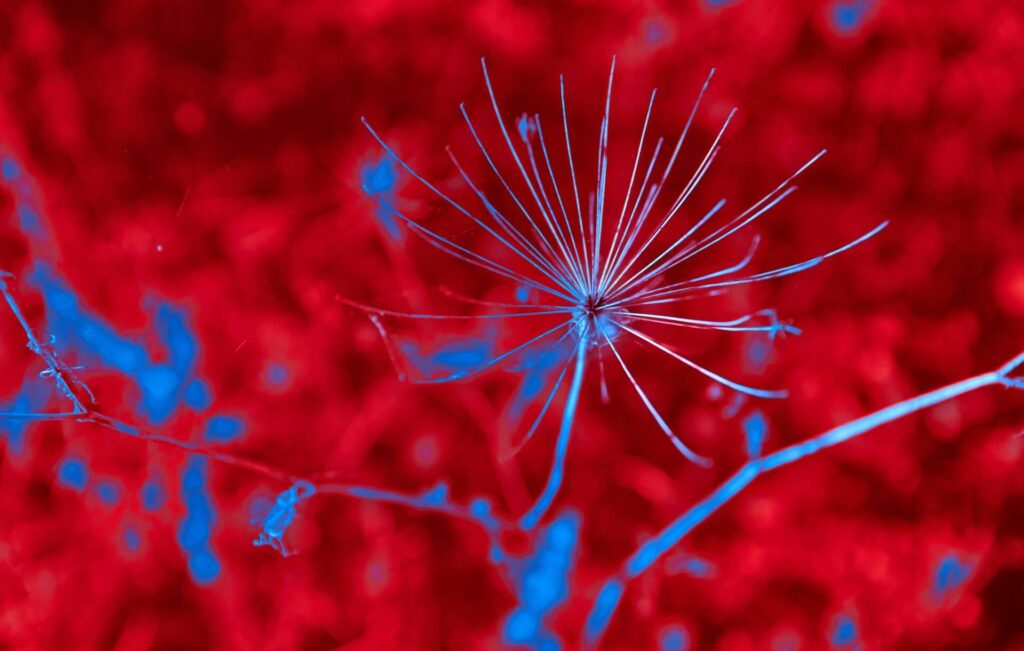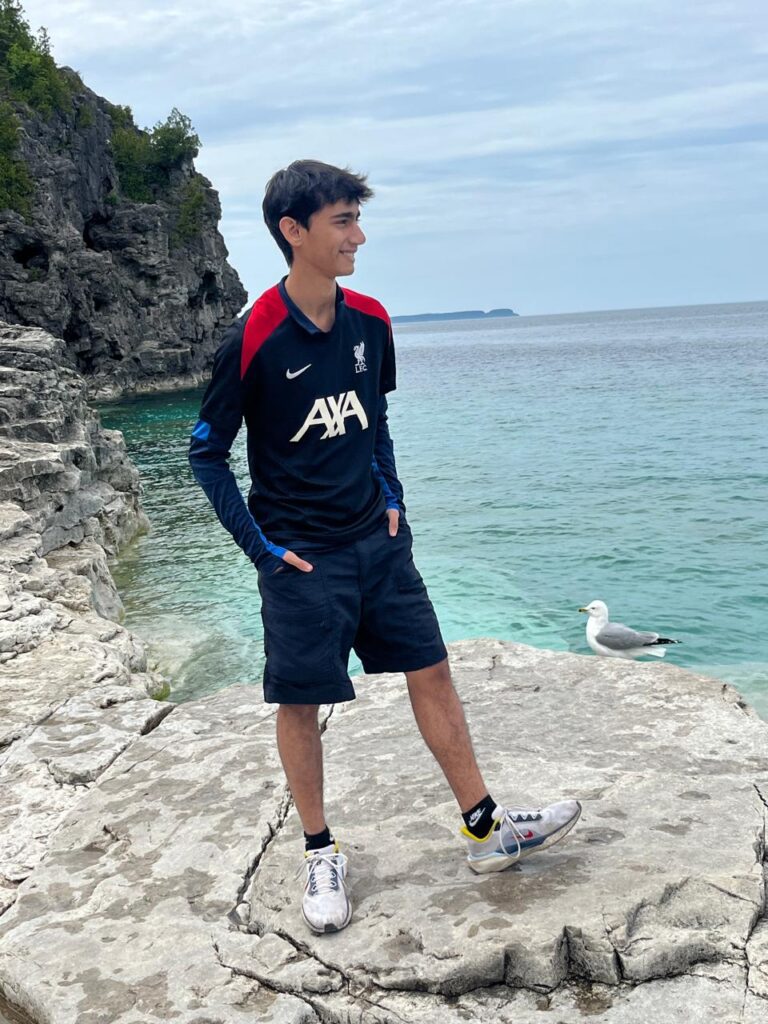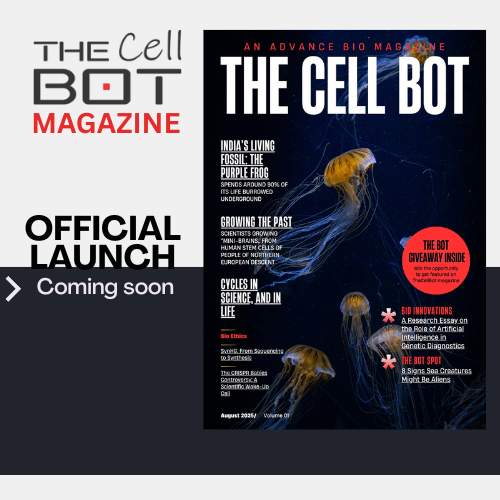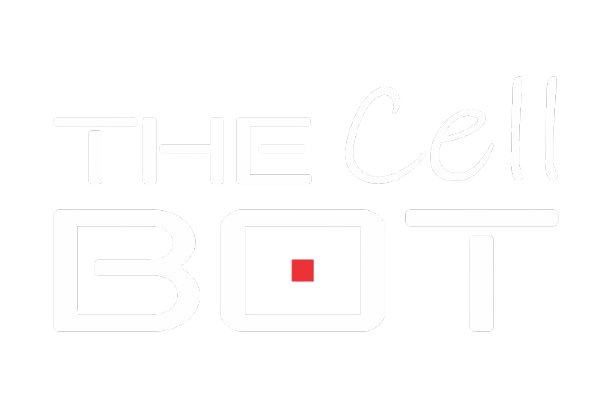The story dates back to the monumental work of Swedish Geneticist Svante Pääbo, who extracted and sequenced the Neanderthal genome from archaeological bones. He established a new branch of science called paleogenomics, comparing ancient reference genomes to modern human DNA, revealing that many of us carry inherited genes from our Neanderthal ancestors. For his work, he was awarded the Nobel Prize for Physiology or Medicine in 2022.
Subsequently, scientists began growing brain-like structures, known as “brain organoids” or “mini-brains” from human stem cells collected from people of Northern European descent (who typically carry about 1–4% Neanderthal DNA). The aim is to see how ancient genes might have influenced brain structure and function.
These mini-brains may, therefore, tell us stories of our evolutionary past.
The 3D clumps of brain tissue, resembling blobs in a petri dish, don’t “think” or “feel,” but they do grow neurons, form networks, and produce electrical activity. They give us a window into brain biology, and an ability to compare the biology in ancient brain with the modern.
One major breakthrough came with the NOVA1 gene, a regulator crucial to brain development. In a 2021 study, scientists used CRISPR to edit the modern human version of NOVA1 with the Neanderthal variant in human stem cells. They then grew brain organoids from these edited cells.
The results were striking. The organoids with the Neanderthal version of NOVA1, developed more slowly, had bumpier and irregular surfaces, and showed changes in gene expression linked to signaling and synapse formation.
These findings suggest that even a single ancestral gene could significantly alter how our brains grow and function. It raised powerful questions: Did small genetic changes like this help Homo sapiens get a survival advantage over their cousins?
Understanding these connections could unlock secrets of human cognition, learning ability, and even disease susceptibility. For example, if a Neanderthal gene slows down the formation of neural circuits, this could hint at why modern humans eventually outpaced Neanderthals in tool use, language, or social complexity. Conditions like autism, epilepsy, Parkinson’s, and Alzheimer’s may one day be understood not just through patient symptoms but through cellular activity shaped by ancient DNA.
There is even potential to test drugs directly on these organoids, making treatments more personalized and precise. Maybe we will be able to predict how someone would respond to a medication based on their unique genetic and evolutionary background.
BotThoughts
To me, this work shows the incredible power of modern science to connect archaeology, genetics, and neuroscience into one shared story of discovery. It is intriguing that the clues to human thought, disease, and identity might lie hidden in the DNA of beings who vanished 40,000 years ago.
We may never meet a Neanderthal, but through these miniature lab-grown brains, we might finally begin to understand them, and above all, ourselves.
References
Green, Richard E., et al. “A Draft Sequence of the Neandertal Genome.” Science, vol. 328, no. 5979, May 2010, pp. 710–22. https://doi.org/10.1126/science.1188021.
Gregory, Michael D., et al. “Neanderthal-Derived Genetic Variation Shapes Modern Human Cranium and Brain.” Scientific Reports, vol. 7, no. 1, July 2017, https://doi.org/10.1038/s41598-017-06587-0.
Spahich, Niki, PhD. “Exploring the Past, Present, and Future of Brain Organoids&Nbsp;” The Scientist, 18 Feb. 2024, www.the-scientist.com/exploring-the-past-present-and-future-of-brain-organoids-71655.




